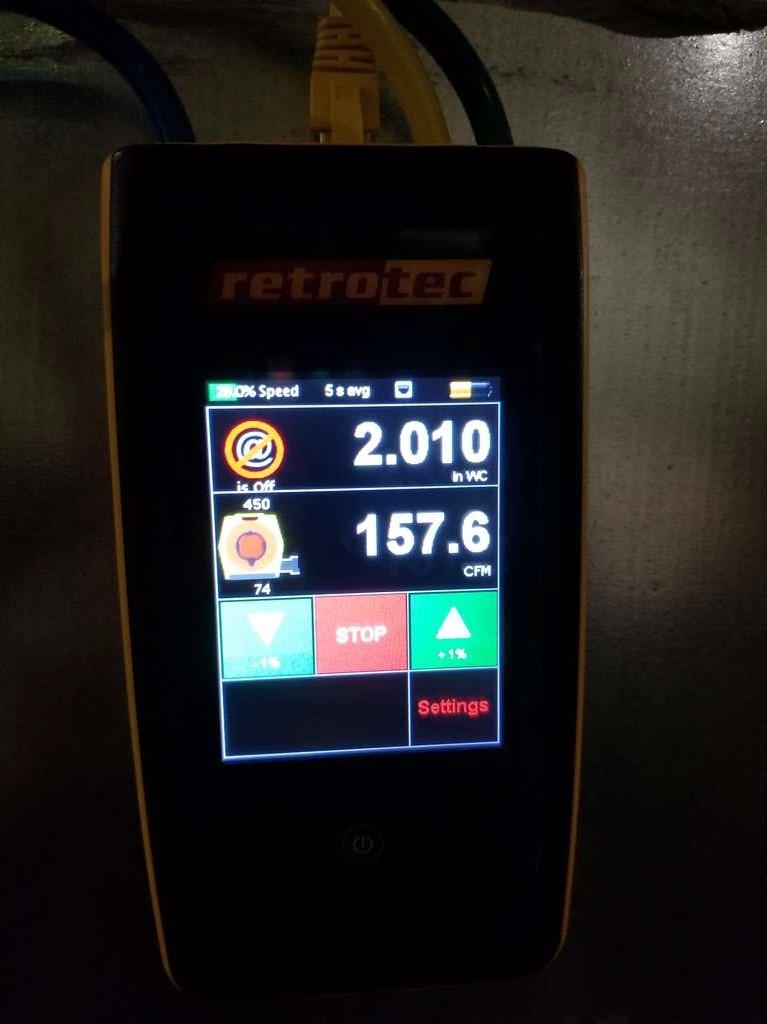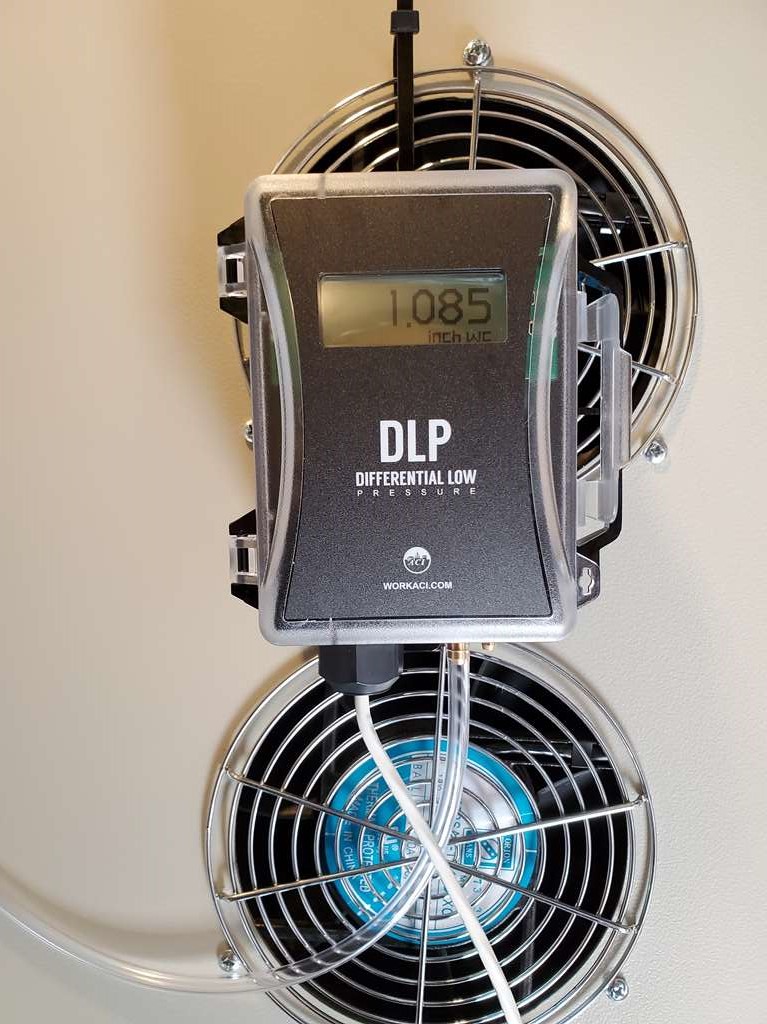

Services:
In addition to Test & Balance and Commissioning Southwest offers many other services.
Air Changes per hour - Surgical / Isolation Rooms
Duct Air Leakage Testing
General HVAC Survey
Identifying Building Pressure Issues
Sound & Vibration Testing
Indoor Air Quality




ACH (Air changes per hour) is a measure of the air volume added to or removed from a space divided by the volume of the space. If the air in the space is either uniform or perfectly mixed, air changes per hour is a measure of how many times the air within a defined space is replaced.
Meeting the latest code requirements can feel like a moving target, Southwest TAB & Commissioning will work with your facility to fulfill the code requirements to keep you up and running.
DALT - Duct Air Leakage Testing can significantly increase air conditioning and heating bills, dramatically reduce equipment capacity and performance.
Leaks in forced air duct systems are now recognized as a major source of energy waste in both new and existing buildings. Studies indicate that duct leakage can account for as much as 20% of total energy loss, and in many cases has a greater impact on energy use than air infiltration through the building shell. Just as important, duct leakage can prevent heating and cooling systems from doing their job properly, resulting in hot or cold rooms, and humidity problems.
Leaks in the supply ductwork cause expensive conditioned air to be dumped into the attic, crawlspace or mechanical room instead of its designed location.
Return leaks pull outside air (hot in summer, cold in winter) into the duct system reducing both efficiency and capacity. In humid conditions, moist air being drawn into return leaks can overwhelm the dehumidification capacity of air conditioning systems causing rooms to feel clammy even when the air conditioner is running.
Sound & Vibration - Sound and vibration levels are not unlike lighting levels, in that owners frequently do not know how to describe or quantify their expectations. Never assume that because you don’t see any expectations listed, the owner doesn’t have any. The owner does have expectations, and you do not want to be the one explaining to him at the end of the project why his new ceiling-mounted water source heat pumps are so much louder than the single-duct variable air volume (VAV) system he had in his previous facility.
What is the Problem?
System Survey -
A System Survey is the process of testing existing systems and obtaining data to determine their present performance and establish a baseline. This is usually done at the request of an architect or engineer, but this can be done for the building owner as well to determine if their building systems are performing as required.
Existing Buildings – “Rebalance”
Our TAB service for existing facilities is focused on making sure your HVAC system is operating property and providing the desired levels of comfort and energy efficiency.
Some common reasons for rebalancing existing facilities:
• It has been over 5 years since the facility was balanced or rebalanced
• Drafts at major entrances or exits
• Doors are hard to open due to excessive negative pressure
• Doors are being “held” or “pushed” open by excessive positive pressure
• Hot and cold spots, stuffy or stale air in the facility
• Condensation on ceiling diffusers
• Slippery floors due to high humidity
• Old HVAC units are being replaced with new units
• Remodeling of facilities which could affect air distribution and comfort (i.e. relocating outlets or inlets, etc.)
• There are specific issues with comfort and/or energy efficiency
• Kitchen facilities are being added, upgraded or have not been recently checked
• Indoor air quality testing is part of your maintenance program
• Positive or negative pressurization areas (i.e. hospitals, isolation rooms, etc.)
• Local, State, or Federal Code requirements
Our technicians will inspect the general condition of equipment and installation and test for proper operation of your HVAC systems.
Typical findings include fans running backwards, fan belts slipping, closed outside air dampers, missing duct dampers, dirty filters and coils, clogged condensate drains, units with low refrigerant charges, improperly programed thermostats, and kinked or disconnected flex duct etc. We will make as many corrections as possible and provide a detailed report with any additional corrections that might need to be made by your preventive maintenance contractor. The building will be balanced to ensure proper fresh air quantities and pressurization according to design.
Indoor Air Quality Testing (IAQ) -
In today's fast paced construction industry, we have found that a faster and more efficient option to building FLUSH-OUT, to meet the requirements for LEED Credit 3.2, be made available to our customers. For this reason, SWTCx now offers IAQ testing as an alternative to building FLUSH-OUT. We believe that the IAQ process not only provides a benchmark to which the air quality in a building can be referenced, but the test process in general takes considerably less time to complete. For IAQ Testing, LEED requires that the concentrations of 5 specific contaminants, that may be harmful to occupant health, are tested. Listed below are the 5 contaminants and the maximum permissible concentrations that are typically tested.
SWTCx offers a full spectrum of service, from a simple consult visit to a full Air and Hydronic rebalance. Please give a call to see how we can help.